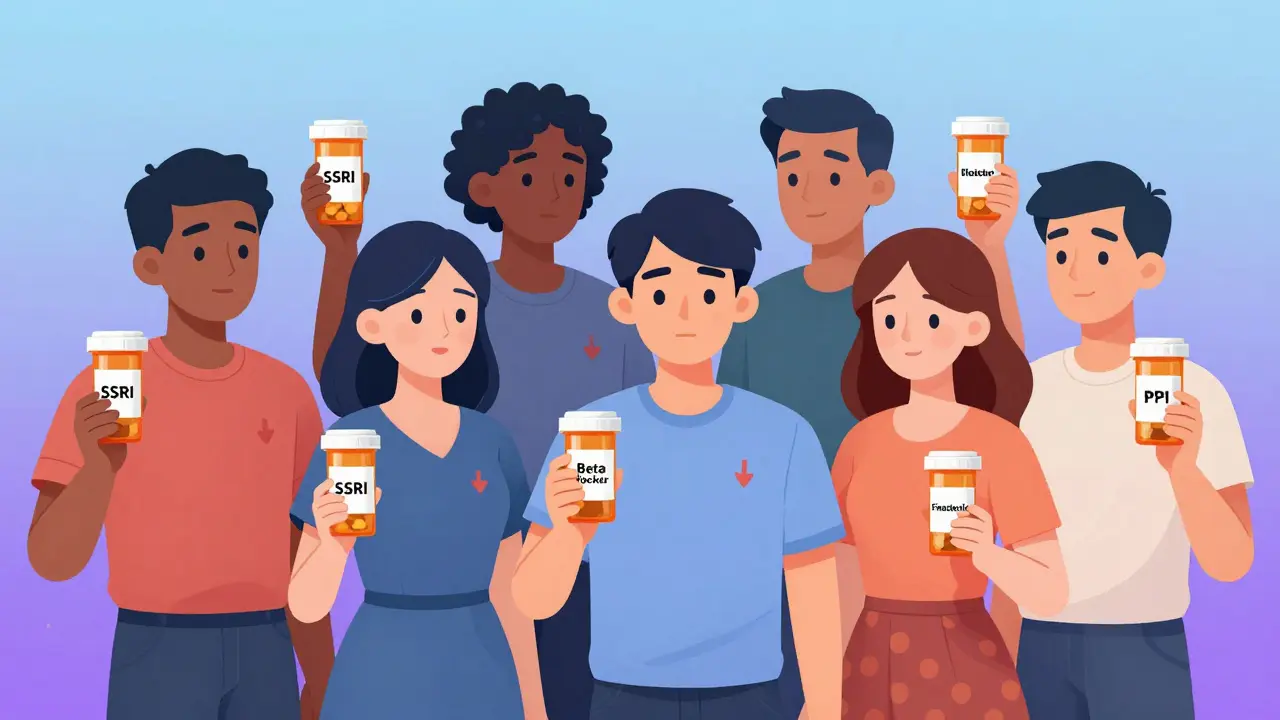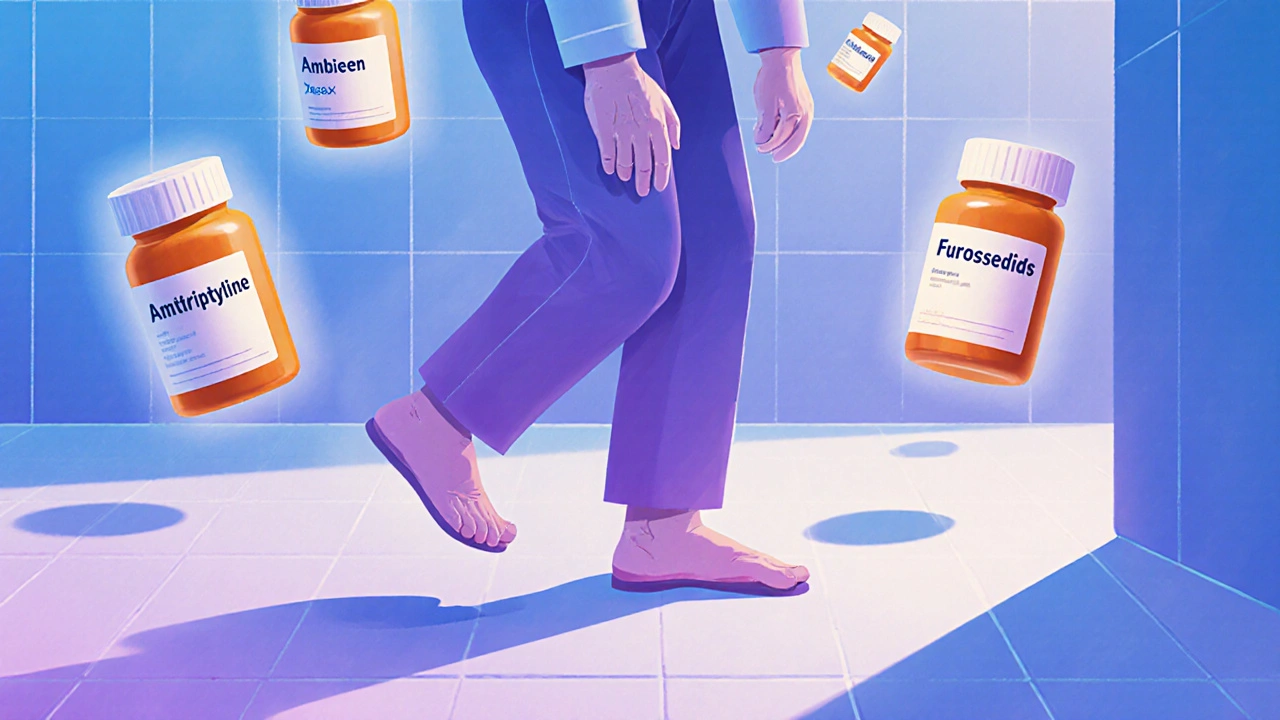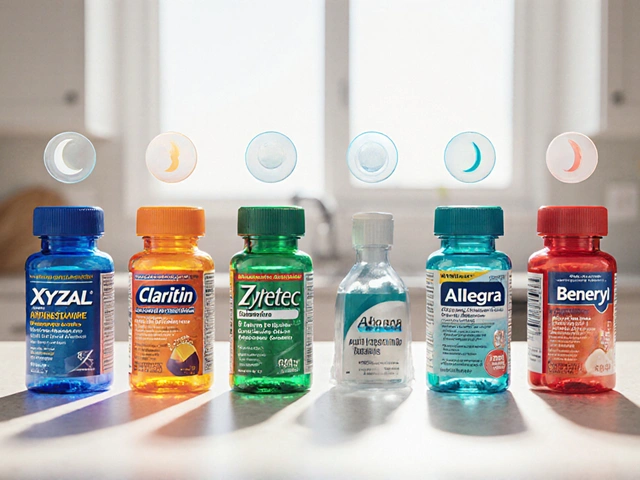Xyzal vs. Other Antihistamines: Which Allergy Reliever Is Best?
October 6 2025Medication Side Effects – Essential Info, Risks & Comparisons
When talking about medication side effects, the unwanted physical or mental changes that can happen after taking a drug. Also known as drug side effects, they range from a mild headache to serious organ damage. Understanding them is the first step to staying safe while treating any condition.
Adverse reactions, any harmful or unintended response to a medication are the core of side‑effect discussions. They often overlap with drug safety, a field that examines how dosage, duration, and patient history shape risk. A solid grasp of drug safety requires looking at the drug’s mechanism, its metabolic pathway, and how it interacts with other meds. That's why comparative drug analysis, the side‑by‑side review of efficacy and risk, matters so much. By comparing Avodart to finasteride, or Celecoxib to other NSAIDs, you can spot patterns that predict which patients are more likely to experience nausea, dizziness, or liver strain.
How Patient Education Shapes Risk Management
Every time you start a new prescription, you enter a mini‑learning curve. Patient education, the process of teaching users about dosage, timing, and warning signs, directly influences the likelihood of adverse reactions. When you know that taking Minoxidil with a high‑fat meal may reduce absorption, you can avoid a wasted dose and the frustration that follows. Likewise, learning that probiotics can lower ammonia levels in hepatic encephalopathy helps you spot early improvements and report them to your doctor.
Risk management doesn’t stop at reading a label. It involves active monitoring—tracking blood work, noting new symptoms, and adjusting therapy when needed. For drugs like Cyclosporine, regular kidney function tests are a must; for testosterone‑blocking agents like Dutasteride, prostate-specific antigen (PSA) checks become routine. By pairing monitoring with clear education, you turn side‑effect data into a proactive plan rather than a surprise.
The collection below reflects how diverse medication side effects can be. From skincare actives like azelaic acid to chronic disease treatments such as metformin, each article breaks down the most common adverse reactions, offers practical safety tips, and compares alternatives so you can decide what fits your health goals. Dive in to see real‑world examples, dosage tricks, and the latest research that keeps you one step ahead of unwanted reactions.
 21 Dec
21 Dec
Sexual Side Effects from Common Medications: What You Need to Know
Many common medications - from antidepressants to blood pressure pills - can cause sexual side effects like low libido, erectile dysfunction, or trouble reaching orgasm. Learn which drugs are most likely to cause these issues and what you can do about them.
Read More... 17 Nov
17 Nov
Fall Risk in Older Adults: Medications That Increase Injury Potential
Many older adults fall because of medications they're taking-antidepressants, benzodiazepines, sleep aids, and even OTC allergy pills. Learn which drugs raise fall risk and how to reduce it safely.
Read More... 24 Oct
24 Oct
Cooling Strategies for Antidepressant‑Induced Excessive Sweating and Medication‑Related Hyperhidrosis
Excessive sweating from antidepressants can ruin daily life, but you can stay cool with smart wardrobe tricks, cooling vests, and medication tweaks. This guide explains why it happens, which drugs cause it, and step‑by‑step ways to manage the side effect.
Read More...




